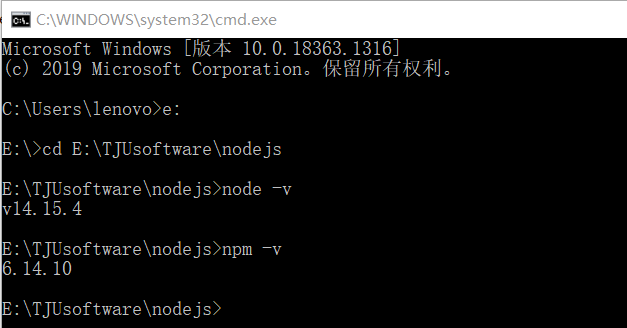

As illustrated by the Node.js release schedule below, Heroku’s currently supported Node.js versions are 16.x, 18.x, and 19.x. Heroku will support new releases within 24 hours of the official release from the Node team. Heroku supports the Current version of Node.js as well as all Active LTS (Long-Term-Support) versions.

In this article, we have seen how to speed up the npm installation in the GitLab CI. You can find the complete repository here. So we saved 35s of the installation in this simple use case - in cases of more complex apps, the time saved will get even better. I run the job 3 times & always got not more than 1 minute 6 seconds. The 7s we lost in comparison to baseline is downloading & uploading the cache files. The first run after setting up the cache took 1 minute 48 seconds.

npm, second -prefer-offline disables online checks of cached packages. npm -prefer-offline - first we tell npm where to find the cache with -cache. If you use git during your builds (to create commits, or to run git describe), it would make sense to add it to your. npm/ - a folder we picked for keeping the cache. If we were adding more jobs, we could save few seconds making sure we only pull-push from the very first one, and all the others will only pull


 0 kommentar(er)
0 kommentar(er)
